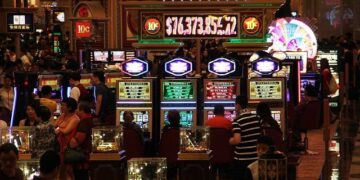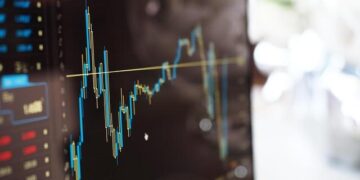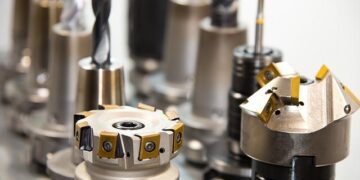Revolutionary Advances in Understanding Brain Health: Measuring Biological Age in Dementia
Introduction to Biological Age and Dementia
Recent scientific strides have unveiled a remarkable method to assess the ‘biological age‘ of the human brain, particularly in individuals affected by dementia. Unlike chronological age—how old one is based on birth date—biological age reflects the physiological state of our brains and bodies. This innovative approach could revolutionize how medical professionals evaluate brain health and devise treatment plans.
The Concept of Biological Age
Biological age serves as a crucial indicator that transcends mere numbers on a calendar. It offers insights into an individual’s overall health status, including cognitive functioning, vulnerability to diseases, and even life expectancy. Researchers have identified various biomarkers that contribute to determining biological age, such as genetic expression patterns and neuroimaging findings.
Techniques for Assessing Brain Health
Recent studies highlight advanced methodologies for evaluating biological brain age through comprehensive assessments involving both blood tests and sophisticated imaging techniques. For instance, scientists are leveraging MRI technology alongside machine learning algorithms to capture intricate details about brain structure and activity levels over time.
Current Research Findings
A pivotal study published in renowned journals indicates that certain markers can predict cognitive decline more accurately than traditional methods alone. The findings reveal that individuals with a biological brain age significantly older than their chronological years exhibit notable impairments in memory retention and problem-solving capabilities.
Implications for Early Diagnosis
Understanding one’s true biological brain age holds substantial promise for early diagnosis of dementia-related conditions like Alzheimer’s disease. By identifying those at risk before severe symptoms manifest, healthcare providers can implement preventive measures or therapeutic interventions aimed at slowing progression rates.
Statistical Insights into Dementia Prevalence
According to recent statistics from the Alzheimer’s Association, nearly 6 million people aged 65 and older are currently living with Alzheimer’s disease in the United States alone—a figure expected to rise dramatically as populations continue aging globally. This underscores an urgent need for early detection strategies that encompass advances such as measuring biological ages.
Future Directions: Treatment Personalization
As research evolves surrounding biological aging assessments within neuroscience, potential applications may extend beyond diagnostic purposes; they may enable personalized healthcare approaches tailored specifically for individuals’ needs based on their unique biological profiles.
Conclusion: The Path Ahead
The journey toward understanding dementia through the lens of biological aging is just beginning but heralds exciting possibilities for enhancing patient care strategies moving forward. Continued exploration within this domain is critical not only for understanding risks associated with neurodegenerative diseases but also tremendously impactful in championing improved quality-of-life outcomes among millions worldwide grappling with cognitive decline challenges every day.






























